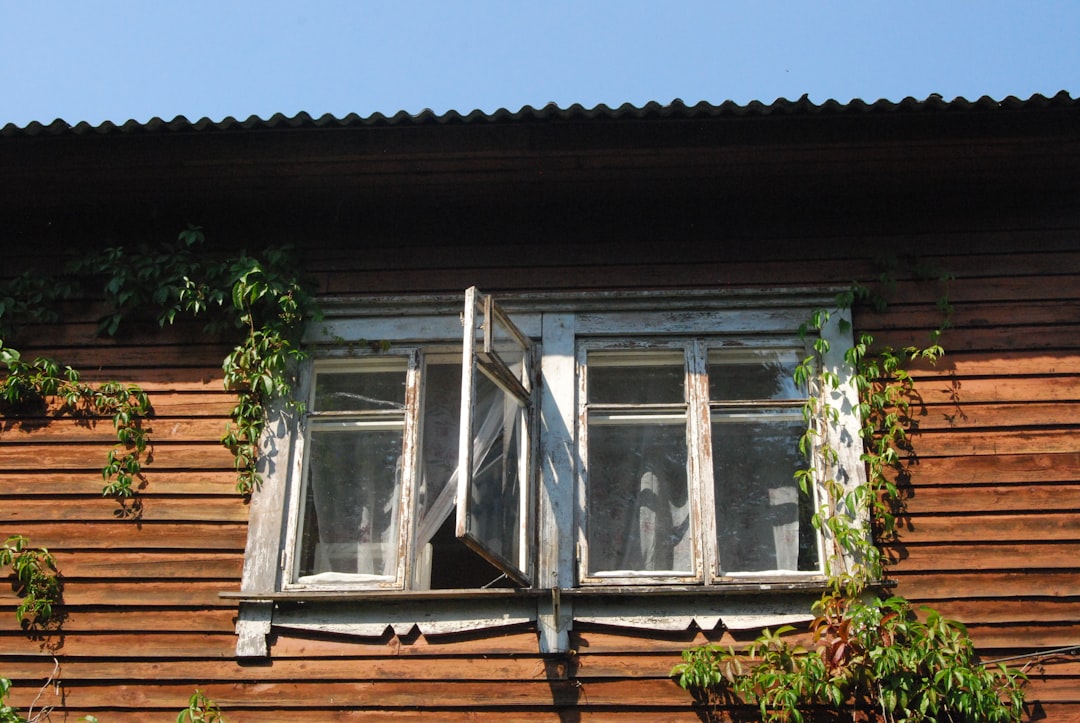Common Issues Found in Home Inspections

Publié le 12/07/2025
The journey of purchasing a home is often one filled with excitement and anticipation, but it also comes with its fair share of warnings. One of the most significant steps in this process is the home inspection, where trained professionals identify potential issues that may not be readily apparent during a casual viewing. This evaluation can save buyers from unexpected headaches and expenses down the line. Here, I will delve into the top ten issues uncovered during home inspections that every homebuyer should be aware of.
Structural Issues: The Foundation of Your Home
Cracks in the Foundation
During a home inspection, foundation issues are among the most severe red flags. Small cracks can be harmless, but larger ones may indicate significant instability. As a buyer, you’ll want to pay attention to vertical or horizontal cracks and even the alignment of doors and windows, which can suggest shifting foundations.
Roof Problems: The First Line of Defense
A well-maintained roof is essential for safeguarding a home against weather extremities. Inspectors often find issues such as missing shingles, leaks, or poor drainage systems. Neglecting to resolve roof problems can lead to water damage inside the house, which is both costly and potentially harmful.
Plumbing Predicaments: Hidden Dangers Below
Leaky Pipes
Imagine moving into your dream house only to discover an unseen leak beneath the sink or behind a wall. Commonly found during inspections are peeling paint or water stains that hint at leaky pipes. A thorough inspection will help identify areas requiring immediate repair to avoid mold or further deterioration.
Outdated Plumbing Systems
In older homes, you might encounter outdated plumbing materials, such as lead or galvanized pipes. Ces can pose health risks and require updating to modern standards. Investing in new piping systems may be hefty initially but could prevent serious hazards in the long run.
Electrical Safety: Powering Up Your New Home
Insufficient Outlets and Wiring Issues
During an inspection, electricians check for outdated wiring systems that don’t meet current safety codes. Homes with insufficient outlets force homeowners to rely on extension cords, creating potential fire hazards. Proper electrical inspections ensure your new abode is not just beautiful but also safe and functional.
Faulty Circuit Breakers
Circuit breakers are crucial for protecting your home’s electrical system. When inspectors find faulty circuit breakers, you should take note. Replacing them can enhance safety by preventing overloads or electrical fires.
HVAC Concerns: Comfort Matters
Inefficient Heating and Cooling Systems
Heating, ventilation, and air conditioning (HVAC) units are essential for comfortable living. An inspector often performs tests to determine system efficiency and effectiveness. Common issues arise from inadequate maintenance or age-related wear and tear.
Poor Insulation
While looking to create a cozy environment, poor insulation could lead to inflated utility bills. An inspection will usually evaluate insulation levels in attics and walls to ensure energy efficiency—a crucial aspect for any homeowner concerned about ongoing costs.
Basement and Attic Anomalies: Hidden Spaces Revealed
Signs of Water Intrusion
Basements are frequently overlooked during home viewings, making them prime candidates for inspection scrutiny. Water seepage or signs of dampness can indicate drainage problems or structural flaws that could compromise the integrity of your home.
Insufficient Ventilation in Attics
Attics often serve as storage spaces, but insufficient ventilation can lead to heat buildup and moisture problems. Home inspectors will look for these issues, as they can result in costly repairs if left unaddressed.
Termite Damage: Pests Lurking Within
Signs of Infestation
Pests like termites can silently wreak havoc on wooden structures over time. Inspectors know what to look for—such as mud tubes or hollowed wood—and their findings may dictate whether pest control measures are immediately necessary.
Prevention Measures
As a buyer, understanding the history of pest control in a property is crucial. I would recommend potential buyers inquire about previous infestations and ask for documentation proving eradication efforts before finalizing their purchase.
Mold and Mildew: Health Risks
Detecting Mold Growth
Mold thrives in damp environments and poses serious health risks if not addressed properly. During an inspection, mold may go unnoticed until it becomes a larger issue—visible signs include discoloration on walls or an unpleasant musty odor.
Removal Costs
The cost associated with mold removal can vary drastically based on severity; thus, it's critical that you address any signs discovered during inspections forthwith.
Final Thoughts on Home Inspection Findings
- Don’t underestimate the importance of a professional home inspection.
- Understanding common issues allows for better decision-making.
- Anticipate potential repair costs based on findings.
- Ask questions during inspections; knowledge empowers you.
- Be proactive in addressing any red flags noted by inspectors.
Investing time in understanding these aspects not only equips you with valuable knowledge but also opens doors to additional resources that can help streamline this process. For instance, our site offers insightful tips and services tailored for prospective homeowners navigating these essential evaluations. Buying a home is not merely about aesthetics; it's about longevity and safety too. By knowing the top ten issues commonly encountered during home inspections, you place yourself in the best position possible to protect your investment. A diligent evaluation not only highlights pressing concerns but also fosters informed decision-making for years to come. Prioritize understanding these challenges as you embark on this exciting journey toward homeownership!
